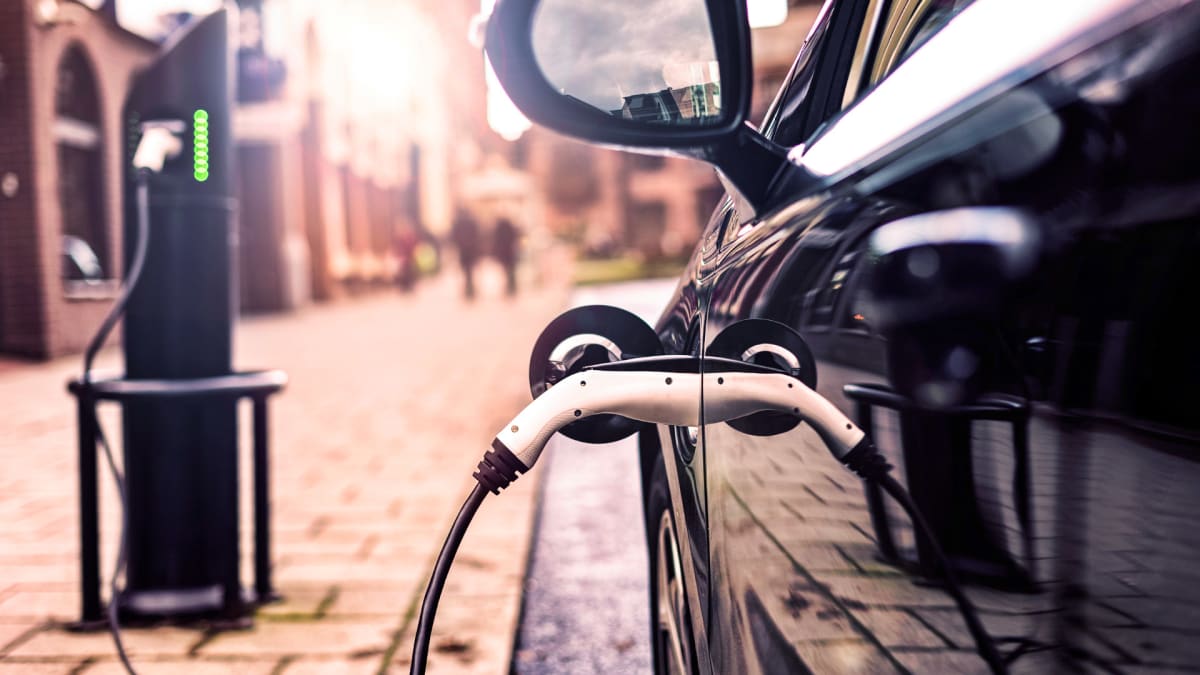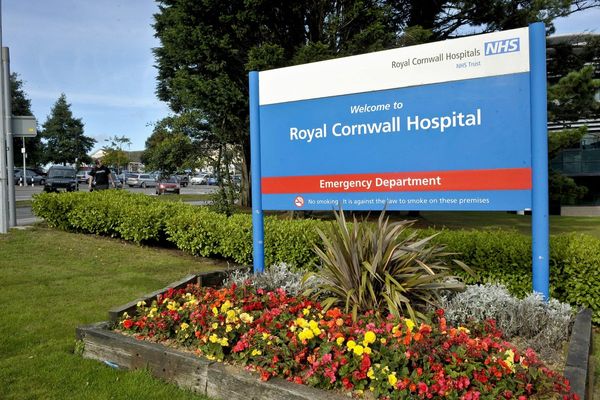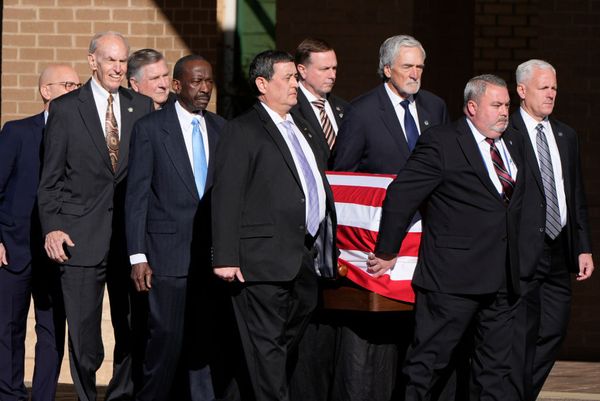
One of the most common arguments against hopping on the electric car bandwagon comes down to charging, the simple fact that it takes much longer to charge up an electric vehicle than it does to fill a gas tank.
It’s a hard argument to dismiss, as the difference between the two could be hours. And if an EV isn’t fully charged up, its range can be seriously diminished.
But with a new technology called battery swapping, that hurdle just got a lot smaller.
DON’T MISS: Apple Co-Founder Has One Dire Warning About Tesla's Self-Driving AI
Fisker (FSR), the sustainability-focused California automaker, announced a new partnership with Ample, the EV energy innovators, to bring its battery-swapping tech to Fisker’s models. The two companies are already working on development, and plan to have battery-swappable Fisker Ocean cars available by early 2024.
Not only will it be just as quick to swap batteries as it is to fill up at a gas station, it will also be cheaper per mile, Fisker said.
With this latest announcement, Fisker is specifically targeting fleet operators and high-mileage drivers (including ride-share drivers) who are looking to transition to EVs but have been held up by long charge times and weak infrastructure.
Tesla (TSLA), by comparison, takes as little as 15 minutes to charge, but only if you’re using one of the company’s Superchargers, of which there are only about 45,000 around the world. Tesla’s next best charging option gives you 44 miles every hour.
How It Works
The idea of modular battery swapping is pretty straightforward. Instead of waiting to charge a dead battery, drivers can pull up to a battery-swapping station and switch out their dead batteries for fully-charged ones in minutes. The dead batteries get up to full power in the charging station for the next battery swapper.
Ample’s batteries work with all makes and models, and its battery-swap stations boast a small footprint.
Fisker is set to report its first quarter earnings on May 9.







